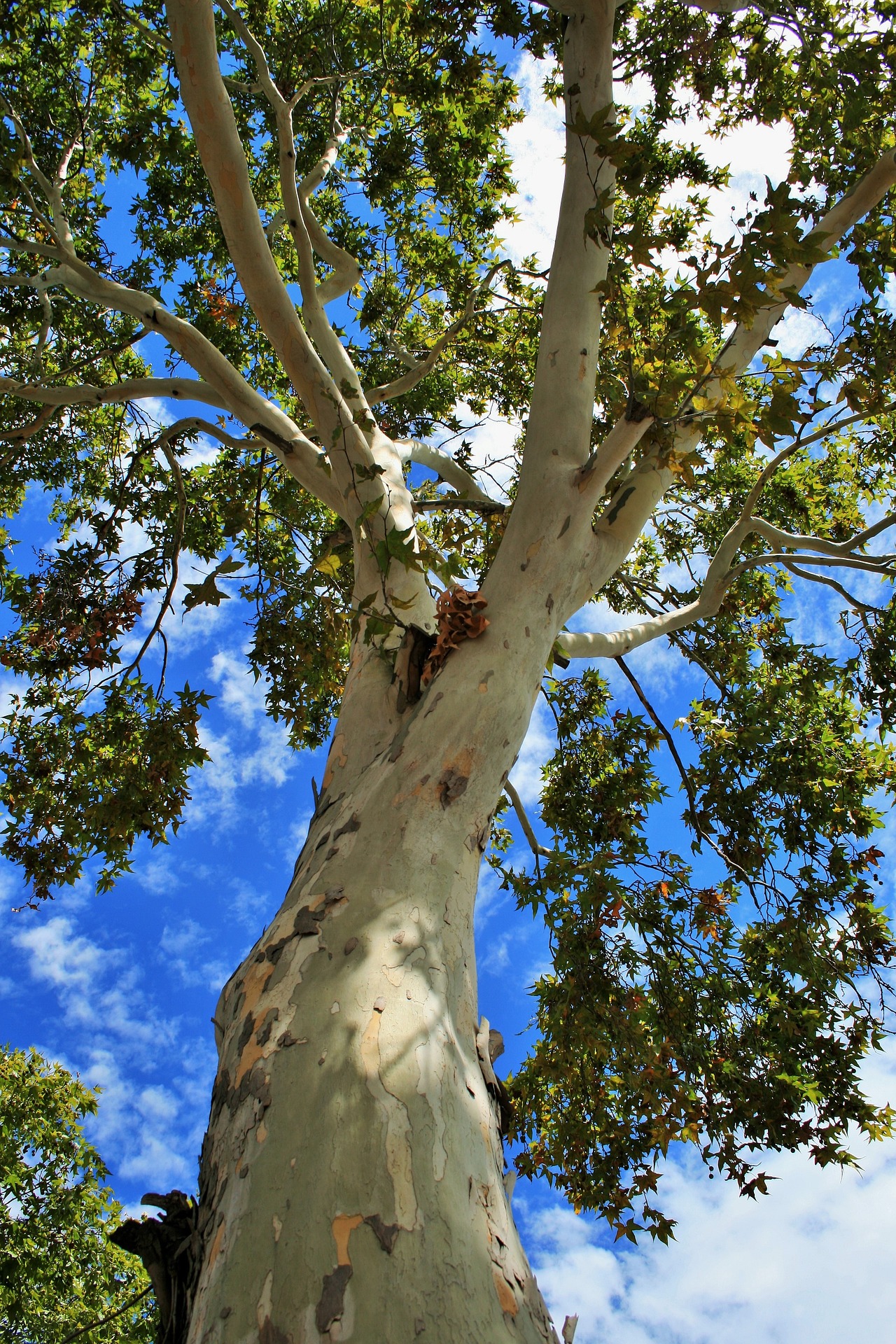Product Detail
Cottonwood
1.Origin Country: Cottonwood trees are native to North America and are commonly found across the continent.
2.Variety and Color: There are several species of Cottonwood trees, such as the Eastern Cottonwood (Populus deltoides) and the Black Cottonwood (Populus trichocarpa). Their leaves are usually a vibrant green during the growing season, turning yellow in the fall. The most distinctive feature is the cottony seeds produced by the female trees, which are white and fluffy.
3.Edibility and Commercial Use: While not commonly consumed as food, Cottonwood trees have been used for various purposes. The wood is used in making furniture, crates, and pulp for paper. The cottony seeds can create fluff that helps with seed dispersal and has been used for insulation.
4.Native/Wild or Commercial: Cottonwood trees are native to North America and can be found in their natural habitat in forests, particularly along riverbanks and other water bodies. They are also commonly planted for shade and erosion control.
5.Commercial Long/Short Term: Cottonwood trees are used for both short-term and long-term commercial purposes. They can be harvested relatively quickly for certain applications, and their wood continues to be valuable as it matures.
Short Description:
- Cottonwood: With its vibrant green leaves in the summer and golden foliage in the fall, the Cottonwood tree is a familiar sight along North American waterways. Its fluffy seeds add a touch of whimsy to the landscape.
Price: $40.00
